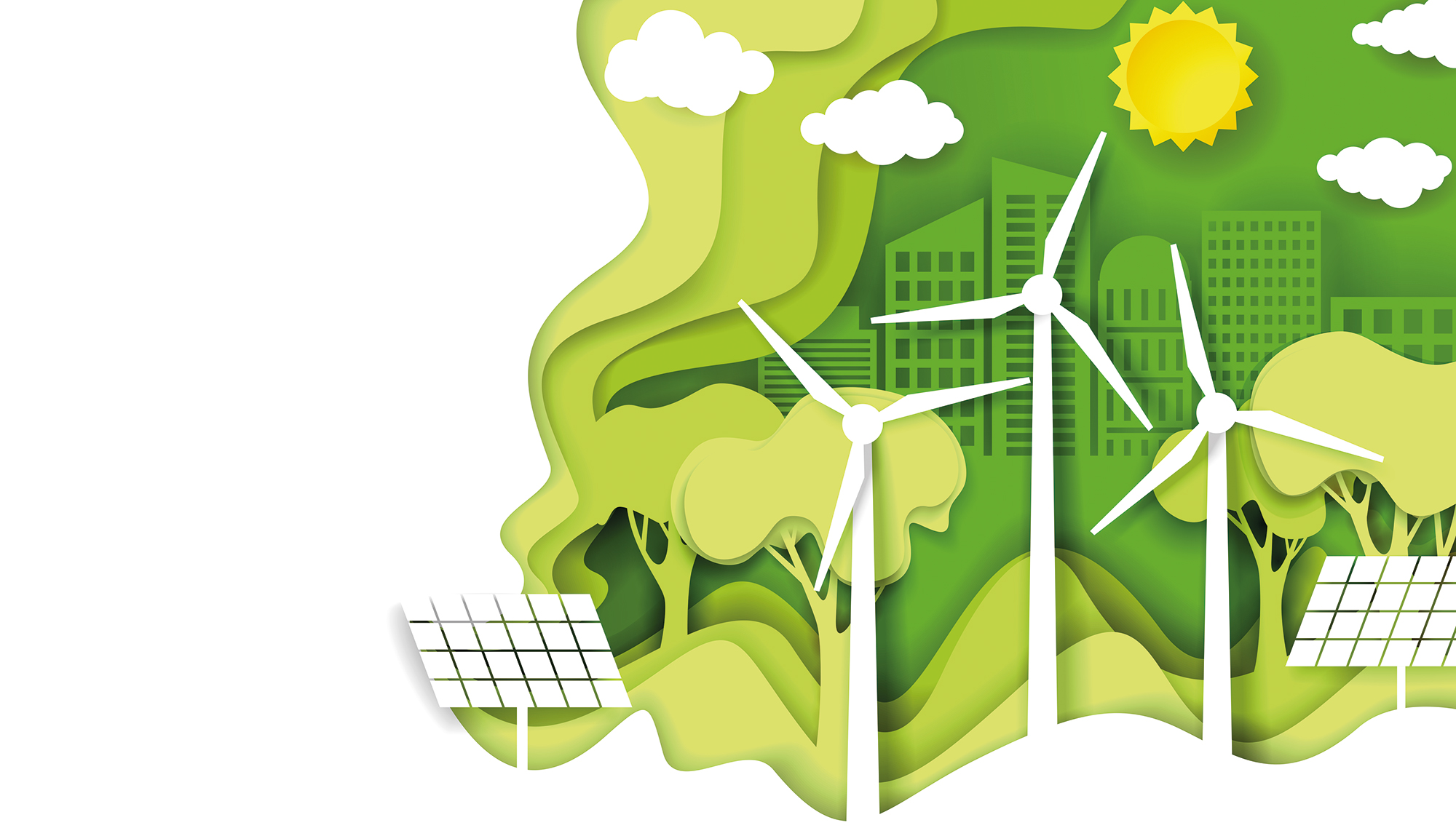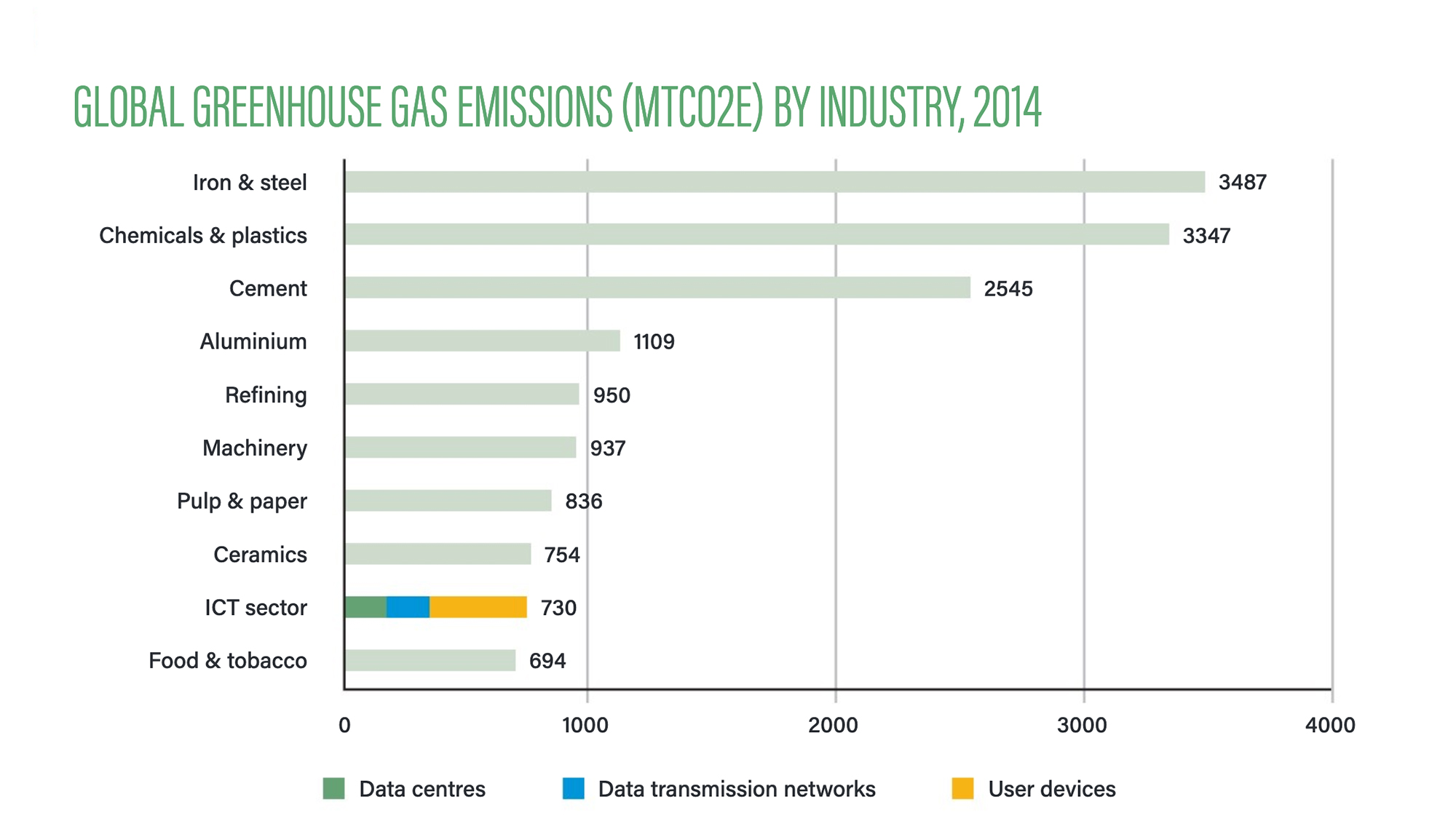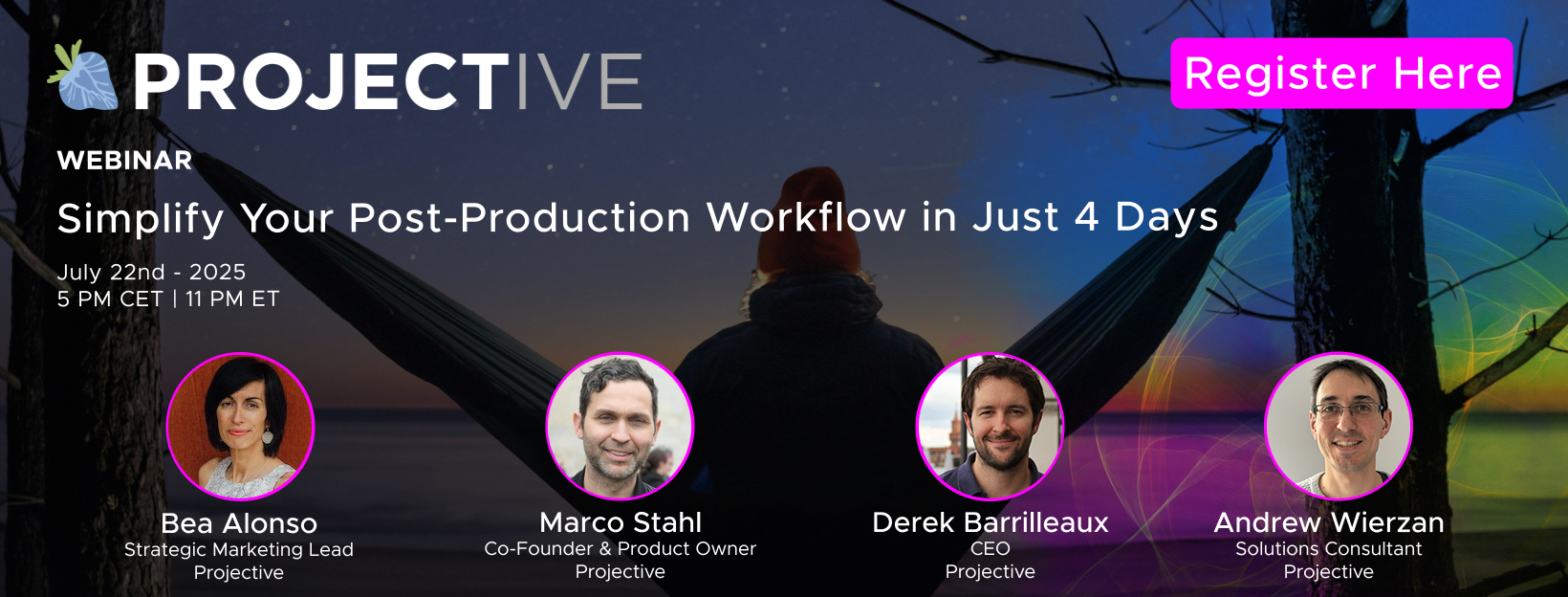Green shoots of a vibrant industry organisation

Posted on Jan 11, 2022 by Neal Romanek
A new media industry trade organisation known as Greening of Streaming has brought together streaming tech companies to collaborate on sustainability
Dom Robinson has been a part of the streaming world since its early days, and a conference moderator for industry events in both the US and UK. In all that time, he had never once heard a serious discussion about end-to-end power efficiency or the sustainability of content delivery workflows, despite the ever-growing need for energy that the content sector requires. But Robinson didn’t wait for someone else to solve the problem. He launched an initiative himself instead: Greening of Streaming. It’s a new trade organisation, formed with backing from Robinson’s video tech company, id3as, and the Help Me Stream Research Foundation. The goal of Greening of Streaming is to help the streaming sector “bring together some of the biggest players in the industry, along with creative, lesser-known companies – to share best practices and make ourselves as efficient as we can be.”
Teaming up with Robinson is a man he has known his entire life, Adam Curwin, whose background in zoology and business finance will be combined in his role as Greening of Streaming’s executive director. The organisation is founded by an annual membership scheme, with tiered fees based on the size of the member enterprise. The first Greening of Streaming meet-up was in September this year.
All the processes must be taken into account to understand this end-to-end footprint
Although it was billed asa pre-event, designed to drum-up support for the fledgling organisation prior to its official inaugural launch in October, the September conference brought together heavyweight technologists and companies to present their findings and aspirations, in the quest for greater efficiency and sustainable practices. Among those were Akamai, Intel, Ateme, Netint, MediaMelon, Blackbird and Vimond, along with the likes of the Streaming Video Alliance and the newly formed CDN Alliance.
Defining sustainable practices
The two-hour session was kicked off by Dr Daniel Schien from the University of Bristol, who talked about the complex issues around ICT and defining how to measure sustainable practice. Finding a common language and standards for success is essential for coordinating a response to the carbon catastrophe. Schien worked with his colleague, Professor Chris Preist (read our interview with Preist in the February 2020 issue), on continual research about the energy footprint of media, consulting with media organisations like the BBC and The Guardian.

As an academic, Schien said to the industry professionals present: “You know so much more than I do about this. I don’t want to pretend that I’m an expert on streaming media. But I do know a bit about the environmental impact of digital services. And one thing that many stakeholders are interested in, is the environmental impact of streaming.” Able to bring objectivity and analysis to the discussion, Schien cited a 2021 paper from Lancaster University (‘The climate impact of ICT: A review of estimates, trends and regulations’), which estimates the total use phase carbon emissions of ICT are at 2-4% of the global total – roughly the same as the aviation sector. To head off the criticism that “ICT is just as bad as flying”, Schien gave perspective by noting: “The big difference between those two sectors is that aviation is only used by a small number of individuals in the developed world, whereas ICT is used globally, so it’s a much more egalitarian way to emit carbon. It’s also a relatively small portion of carbon on the global scale.”

Schien admitted that, as video becomes an essential part of business, and connectivity grows around the world – and other carbon-heavy sectors reduce their emissions – ICT ’s share of the global carbon footprint will increase. Two main ISO-approved methods were used in the Lancaster report to assess the sector ’s carbon emissions – life cycle assessments (LCA) and GHG Protocol, which measures a system’s output of greenhouse gases in terms of direct emissions, purchased electricity, and those from the rest of the supply chain, upstream and downstream.
The biggest part of the streaming carbon footprint took place inside the viewer's home
Measuring the impact of streaming using the life cycle assessment meant examining four broad areas – data centre servers, wired networks, cellular networks and user devices. This type of assessment has the potential to be very granular and can reveal hidden liabilities, as well as opportunities for greater efficiency or carbon removal.
“All the processes must be taken into account to understand this end-to-end = footprint,” says Schien.
Home is where the carbon is
Schien’s research on BBC iPlayer showed that the biggest part of the streaming carbon footprint took place inside the viewer ’s home, through device and network equipment power consumption. Those findings were supported by a 2021 Carbon Trust report, with the viewing device the dominant source of emissions, followed by the home router. The report estimated one hour of streaming video emitting a total of 50-60g of CO2. As a comparison, according to the US Environmental Protection Agency, a petrol-powered car emits roughly 400g of CO2 for each mile driven. Streaming may not be the world’s worst polluting industry, but going to zero carbon means that we still need to eliminate carbon in the system.

The amount of carbon we can emit is finite. The planet doesn’t care if it comes from a few giant polluters, or lots of smaller ones. The total still has to be zero (with some leeway given to industries such as farming, which is virtually impossible to make zero carbon). To reduce the negative impact, explained Schien, we need to decarbonise electricity entirely – on both the distribution and consumer sides. The industry also needs tostrive for ever greater efficiency in being able to deliver more with less.
While phones themselves are highly efficient, networks that support them consume a lot of energy
We also need greener design, which involves reducing digital waste – creating services that are more mindful of customer behaviour. Schien’s research into YouTube use noted that the greatest energy consumption in watching videos was with the cellular networks. While the phones themselves are highly efficient, the networks that support them can consume a lot of energy. But taking into consideration that a sizeable number of YouTube viewers are only listening to the content and not watching the video, there is an opportunity for huge emissions savings, if video could be dropped from the stream when it isn’t needed. Finding and sharing these easy wins is, in part, what Greening of Streaming is all about. Real success in getting to zero carbon won’t just be about efficiency and better technology, but about creating new products and services that have the zero emissions thought process built into their design.

What is exciting about Greening of Streaming is seeing major suppliers like Akamai and Intel follow up Schien’s presentation with their own real-world insights into striving for zero carbon. Presenting in front of your peers also opens you up to criticism and pressure, which, in a spirit of collaboration, is going to prove valuable. We need to hold each other accountable – and FEED looks forward to ongoing engagement with Greening of Streaming events.
This article first featured in the Winter 2021/22 issue of FEED magazine.











